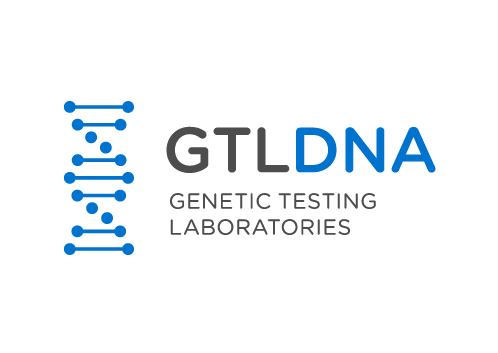Up until the late 1980s a blood test was used to determine paternity. This test was limited in its usefulness – it could rule out that a person was the father, but it couldn’t prove that they were.
In 1962 there was a breakthrough – Watson, Crick and Wilkins won the Nobel prize for medicine for elucidating the structure of DNA. Armed with this knowledge and an understanding of how DNA is inherited scientists developed various applications. The process of ‘DNA testing‘ was born and with it the ability to link a suspect to a crime scene and to confirm the parentage of a child.
DNA Testing
To understand the process of DNA testing we have to go down to the level of individual cells in the body. Inside almost all cells is the nucleus which houses the genetic material – often called the ‘blueprint’. This material controls the cell’s functions, such as the production of specific proteins. The genetic material is arranged in chromosomes in lengths called genes. The information code in DNA is a list of four bases or letters, A, C, G and T. It is the sequence of these letters along the lengths of DNA that is unique to each person (except in the case of identical twins).
A child inherits half of its DNA from its mother and half from its father. So comparing a child’s genetic fingerprint with that of an adult can establish a relationship between the two individuals.
DNA testing for paternity can be carried out before birth in a prenatal test that requires a sample to be taken from the unborn foetus, as well as the mother and the potential father(s). A test can also be undertaken for ‘peace of mind’ and for legal disputes. In the case of the latter the sample must be taken by a doctor and accompanied by proof of identity.
DNA Testing Processes
DNA testing laboratories usually use one of two processes and they are relatively simple. For both processes a sample of DNA is needed from the individuals taking part in the test. This is usually a painless swab taken from the inside of the cheek to harvest some cheek cells. DNA can also be obtained from hair, nail clippings, chewing gum or cigarette butts.
In the first process the DNA is extracted from the cells and ‘cut’ into pieces using a restriction enzyme. The fragments are then separated by weight on a special gel in a process called electrophoresis. A pattern of bands appears on the gel which are visualised by using an X-ray film. It is this pattern of bands that is the genetic fingerprint for an individual. It is then a simple task to line up the bands from different individuals and to identify if any of the bands present in the child also occur in the potential father’s (or mother’s) bands.
In the second process, a small amount of DNA is extracted and a specific region is replicated to a point that it is measurable. This method is faster and uses much smaller amounts of material.
Confidential DNA Testing
There are now many laboratories offering confidential paternity DNA testing. The best laboratories provide 99.9% accuracy for positive results and 100% accuracy for negative results; a fast turnaround of results; confidentiality and sensitive handling of clients.
Contact GTL now for more information about confidential DNA testing on 0333 300 3130 or email us at [email protected].
